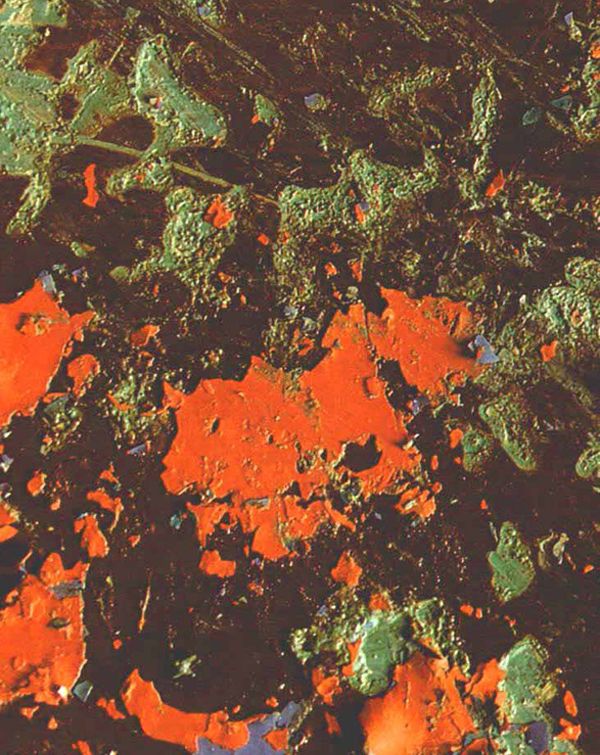
Synopsis: Michael Dresdner says there are times when refinishing is the best way, if not the only way, to restore the beauty of a good but worn piece of ordinary furniture (as opposed to valuable antiques; see museum conservators for advice on those). Dresdner talks about how to choose a stripping method, what tools you need for refinishing, how to let the paint remover work, and how to clean up safely. He addresses stain removal, and includes side information on refinishing hazards. Methylene chloride strips best, but there are other options.
Refinishing has developed a bad reputation over the years, and most people view it as a troublesome and messy task. But, there are times when it is the best, if not the only way to restore the beauty of a good but worn piece of furniture. Of course, if your table or chair is an antique and its rich patina and worn finish are part of its pedigree, you should never touch it without first checking with a museum conservator or other expert.
If you just want to spruce up the more ordinary furniture most of us live with, refinish away. Actually, the process is much less daunting than you might expect, if you remember that refinishing consists of two simple steps: stripping an old finish and putting on a new one. Once the old finish is off, you are merely at the first step of the finishing process, just as if you had built the piece yourself, and it is no harder to finish old wood than it is to work on new wood. In fact, it is often easier, since the sanding has already been done for you by the original finisher.
Choosing a stripping method
You have several options for removing a finish, but the three most common methods involve scraping it away with abrasives, melting it with heat or dissolving it with chemical solutions. For almost every case the average woodworker might encounter, I’d recommend removing the finish chemically, which is both the simplest and most controllable method and the one I’ll discuss in detail. You might think it would be easy to remove a finish with sandpaper, a cabinet scraper or (heaven forbid) a piece of glass, but you’ll regret it. Using glass is dangerous, and sanding or scraping makes hard work of a simple operation. In addition, sandpaper and scrapers don’t know when to stop; they usually remove wood along with the offending finish.
Melting a finish with a propane torch or heat gun is even less appealing. First of all, the heat is likely to release some very harmful vapors. In addition, heat, like sandpaper, is sadly non-selective and will cheerfully burn wood along with the finish. In some cases, industrial polyester finishes won’t budge under any chemical remover, so heat may be your only resort. But be extra careful; wear an organic-vapor mask, goggles and heat-resistant welders’ gloves. Work outdoors or with the windows open, a fan blowing and a fire extinguisher handy.
In contrast, chemical removers only affect the finish and not the wood. Most commercial strippers won’t harm even old veneered wood or destroy already weak glue bonds.
From Fine Woodworking #93
For the full article, download the PDF below:
Fine Woodworking Recommended Products

Bumblechutes Bee’Nooba Wax

Osmo Polyx-Oil























Log in or create an account to post a comment.
Sign up Log in